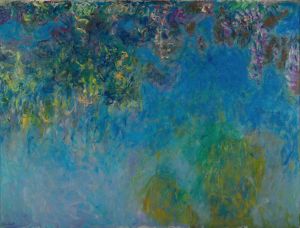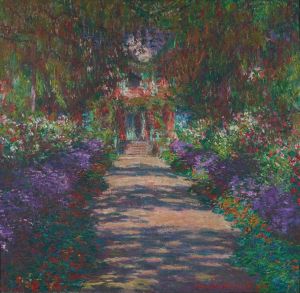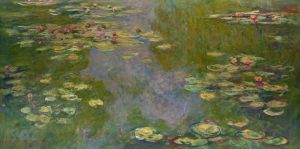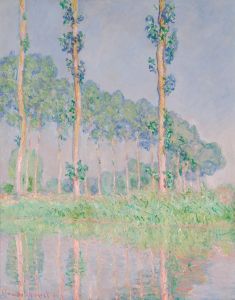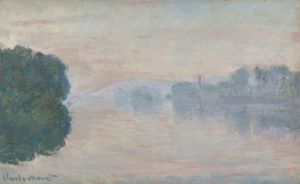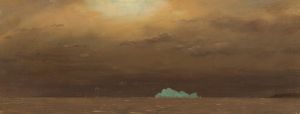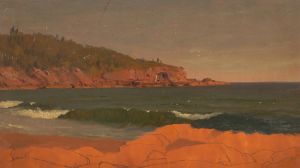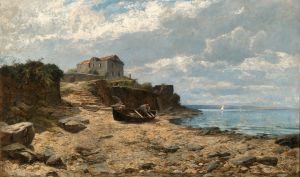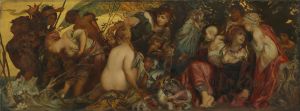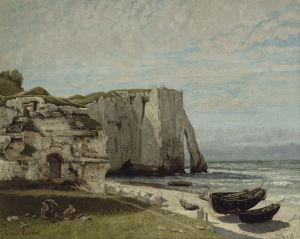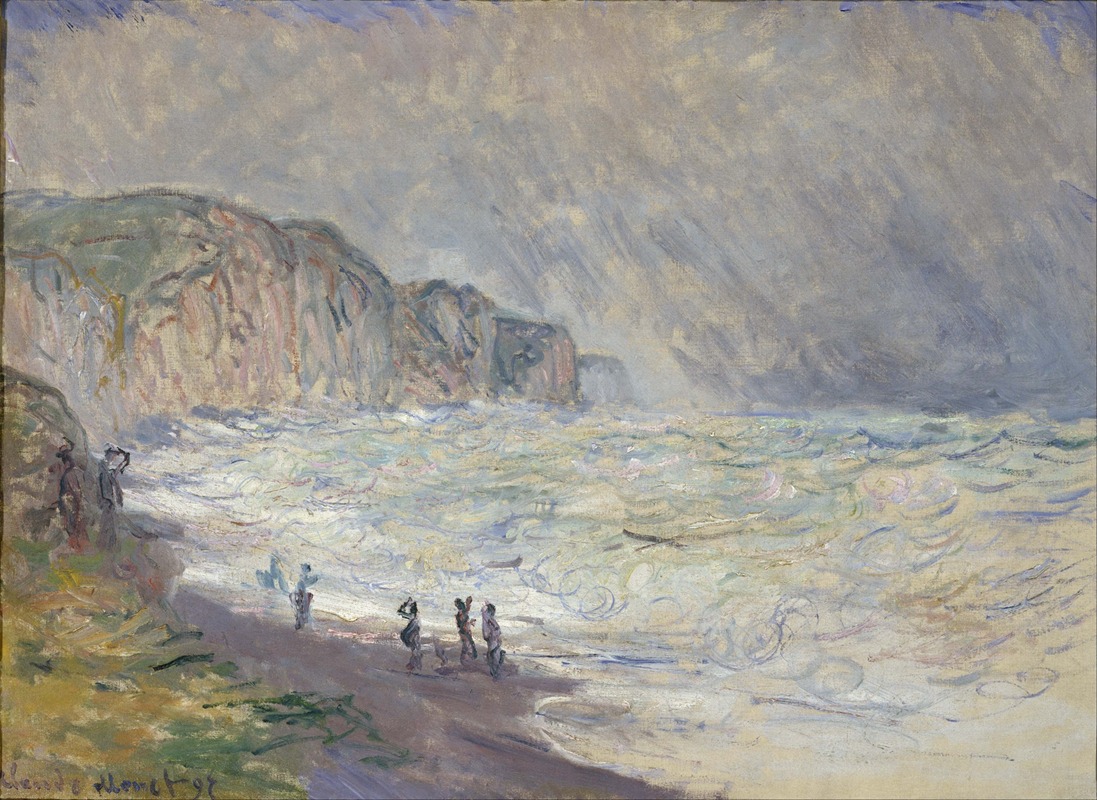
Heavy Sea at Pourville
A hand-painted replica of Claude Monet’s masterpiece Heavy Sea at Pourville, meticulously crafted by professional artists to capture the true essence of the original. Each piece is created with museum-quality canvas and rare mineral pigments, carefully painted by experienced artists with delicate brushstrokes and rich, layered colors to perfectly recreate the texture of the original artwork. Unlike machine-printed reproductions, this hand-painted version brings the painting to life, infused with the artist’s emotions and skill in every stroke. Whether for personal collection or home decoration, it instantly elevates the artistic atmosphere of any space.
"Heavy Sea at Pourville" is a painting by the renowned French Impressionist artist Claude Monet. Created in 1897, this artwork is part of Monet's extensive exploration of the Normandy coast, where he captured the dynamic interplay between the sea and the sky. Pourville, a small seaside village near Dieppe in northern France, served as a frequent source of inspiration for Monet during the late 19th century.
Monet's fascination with the sea and its ever-changing moods is evident in "Heavy Sea at Pourville." The painting depicts a turbulent seascape, with waves crashing against the rocky shoreline under a dramatic sky. Monet's use of bold brushstrokes and a vibrant color palette effectively conveys the movement and energy of the scene. The artist's technique captures the essence of the Impressionist movement, emphasizing the effects of light and atmosphere over detailed representation.
In this painting, Monet employs a range of blues and greens to depict the sea, contrasting with the darker tones of the rocks and the muted hues of the sky. The composition is balanced, with the horizon line placed high on the canvas, allowing the viewer to focus on the powerful waves in the foreground. This approach draws attention to the raw beauty and force of nature, a recurring theme in Monet's work.
Monet's time in Pourville was marked by a prolific period of creativity, during which he produced numerous paintings of the coastal landscape. The artist was particularly drawn to the region's unique light and the way it interacted with the sea and sky. This fascination is reflected in "Heavy Sea at Pourville," where Monet captures the transient effects of light on water, a hallmark of his Impressionist style.
The painting is part of a series of works Monet created during his visits to the Normandy coast. These paintings are celebrated for their ability to convey the sensory experience of being by the sea, with their emphasis on color, light, and movement. Monet's innovative approach to capturing the natural world has had a lasting impact on the art world, influencing generations of artists who followed.
"Heavy Sea at Pourville" is housed in the collection of the Art Institute of Chicago, where it continues to be admired by visitors from around the world. The painting is a testament to Monet's mastery of the Impressionist style and his ability to evoke the power and beauty of the natural world through his art.






